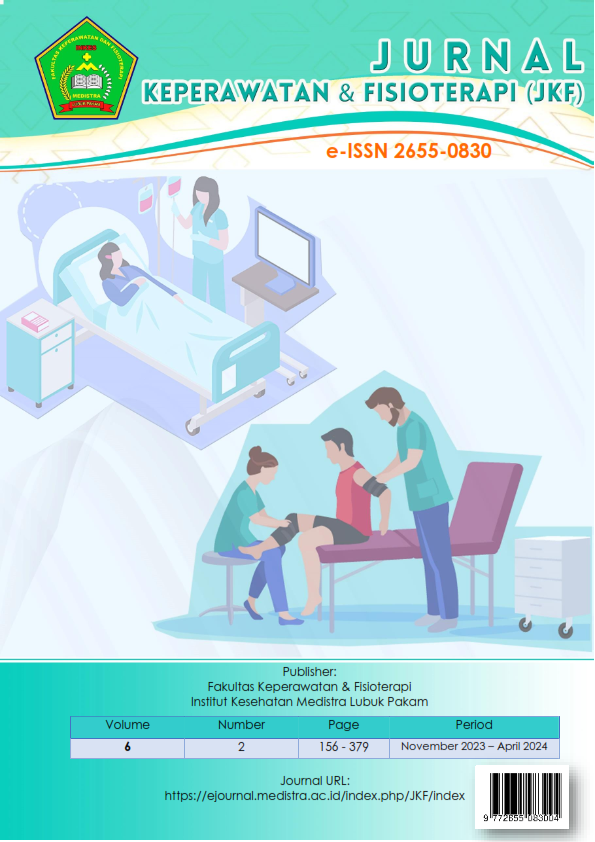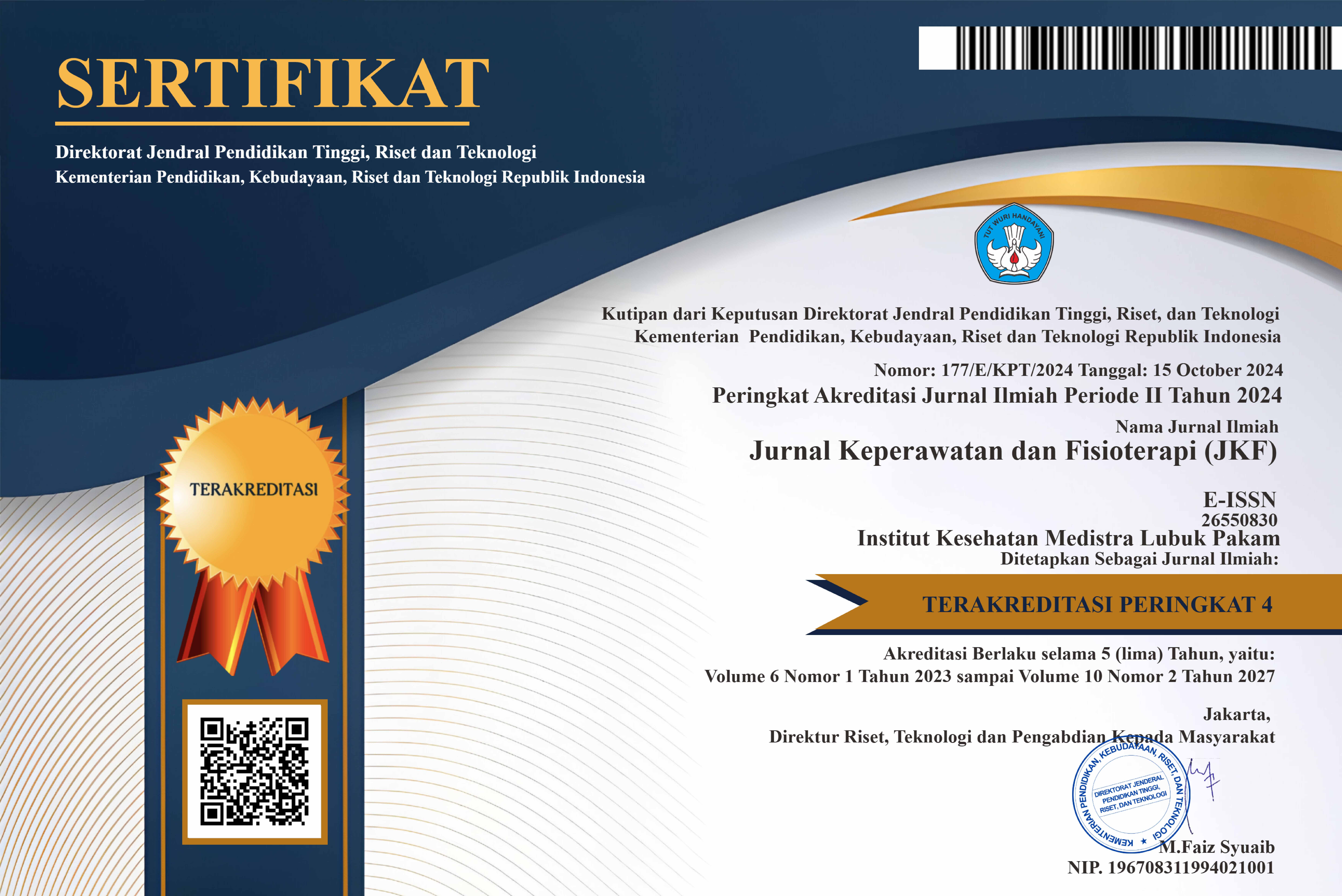The The Role of Inflammatory Biomarkers in Detecting Sepsis Deterioration in the Emergency Department
The Role of Inflammatory Biomarkers in Detecting Sepsis Deterioration in the Emergency Department
DOI:
https://doi.org/10.35451/jkf.v6i2.2547Keywords:
Sepsis, inflammatory biomarkers, Procalcitonin, CRP, IL-6Abstract
Sepsis is a life-threatening medical condition caused by a dysregulated host response to infection, which can lead to septic shock and multiple organ failure. It remains a major cause of morbidity and mortality in critically ill patients, particularly in emergency departments (ED). Early detection of sepsis deterioration is crucial for timely intervention and improved patient outcomes. Inflammatory biomarkers such as Procalcitonin (PCT), C-Reactive Protein (CRP), and Interleukin-6 (IL-6) have been widely utilized as diagnostic and prognostic indicators in sepsis management. However, their role in predicting sepsis progression remains a subject of ongoing research.This study aims to evaluate the significance of inflammatory biomarkers in detecting sepsis deterioration and their correlation with disease severity. A cross-sectional observational design was employed, collecting data from 120 sepsis patients admitted to the ED over a six-month period. Inclusion criteria involved patients diagnosed with sepsis based on Sepsis-3 criteria and undergoing biomarker testing within the first 24 hours of admission. Exclusion criteria included patients with autoimmune diseases, hematologic malignancies, or those receiving immunosuppressive therapy. Blood samples were collected within 24 hours to measure PCT, CRP, and IL-6 levels. Biomarkers were analyzed using electrochemiluminescence immunoassay (ECLIA) for PCT, turbidimetric analysis for CRP, and enzyme-linked immunosorbent assay (ELISA) for IL-6. Sepsis severity was assessed using the Sequential Organ Failure Assessment (SOFA) score. Statistical analysis included univariate analysis for descriptive statistics, Pearson or Spearman correlation for bivariate relationships, and logistic regression to determine the most predictive biomarker for sepsis progression. Results revealed that higher levels of PCT, CRP, and IL-6 were significantly associated with increased sepsis severity. Among them, IL-6 demonstrated the strongest correlation with SOFA scores (r = 0.72, p < 0.01), suggesting its potential as a reliable prognostic marker. The findings emphasize the importance of inflammatory biomarkers in guiding clinical decision-making and improving early sepsis management in emergency settings.
Downloads
References
Andaluz-Ojeda, D., et al. (2017). Role of Biomarkers in the Diagnosis and Prognosis of Sepsis. BioMed Research International, 2017, 7042509.
Cecconi, M., et al. (2018). Sepsis and Septic Shock. The Lancet, 392(10141), 75-87.
Chenevier-Gobeaux, C., et al. (2015). Presepsin (sCD14-ST), an Innate Immune Response Biomarker in Sepsis. Clinical Chemistry and Laboratory Medicine (CCLM), 53(4), 497-501.
Marshall, J. C. (2014). Critical Care Medicine, 42(12), 2514-2522.
Muller, B., et al. (2019). Biomarkers Monitoring in Sepsis: A Narrative Review. Intensive Care Medicine, 45(4), 453-463.Kox, M., et al. (2011). Critical Care, 15(6), R220.
Pierrakos, C., et al. (2020). Biomarkers of Sepsis: Time for a Reappraisal. Critical Care, 24(1), 287.
Rhodes, A., et al. (2017). Surviving Sepsis Campaign: International Guidelines for Management of Sepsis and Septic Shock. Critical Care Medicine, 45(3), 486-552.
Riedel, S. (2012). Procalcitonin and the Role of Biomarkers in the Diagnosis and Management of Sepsis. Diagnostic Microbiology and Infectious Disease, 73(3), 221-227.
Singer, M., et al. (2016). The Third International Consensus Definitions for Sepsis and Septic Shock (Sepsis-3). JAMA, 315(8), 801-810.
Vincent, J. L., & Opal, S. M. (2012). Clinical Insights into Biomarkers of Sepsis. Critical Care, 16(2), 211.
Downloads
Published
Issue
Section
License
Copyright (c) 2024 Nur Afni Herynati Octavia

This work is licensed under a Creative Commons Attribution 4.0 International License.
Copyright in each article is the property of the Author.


























